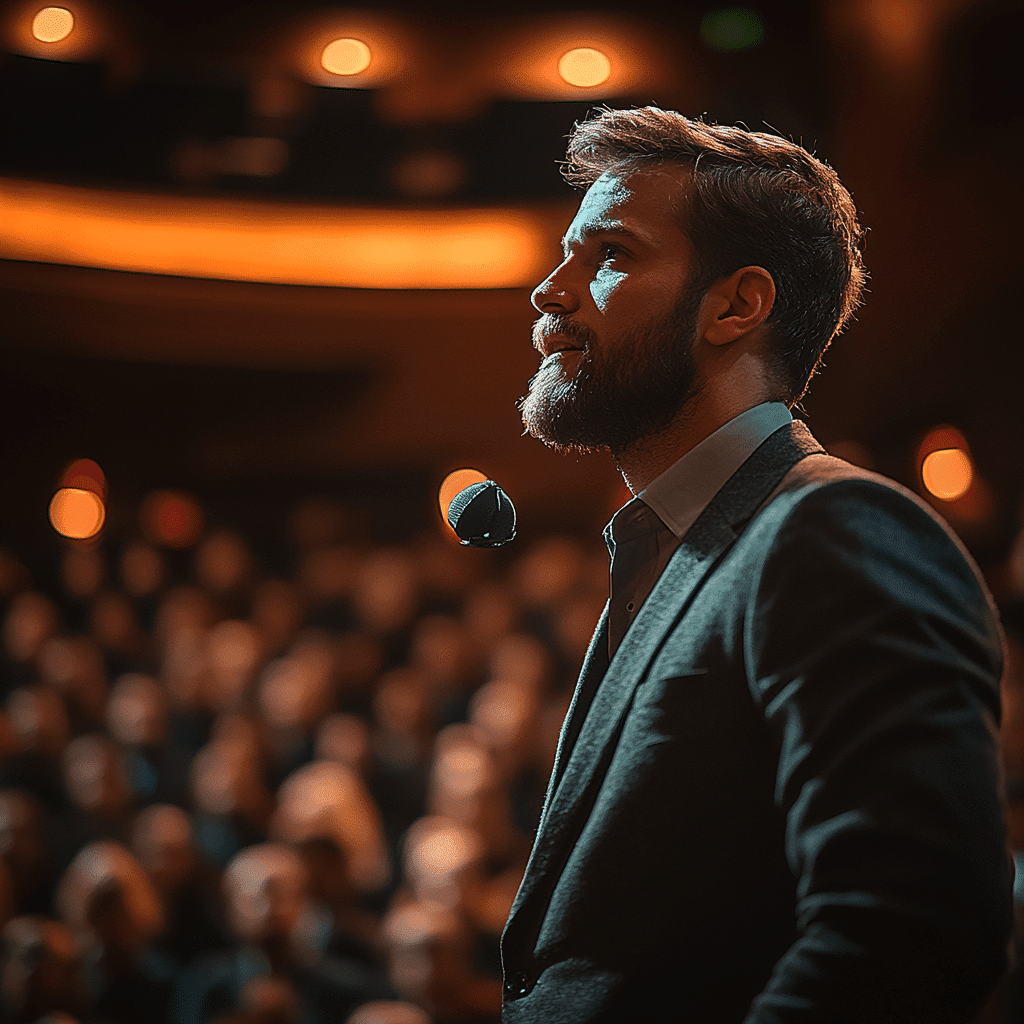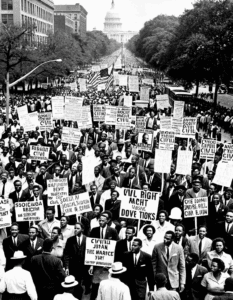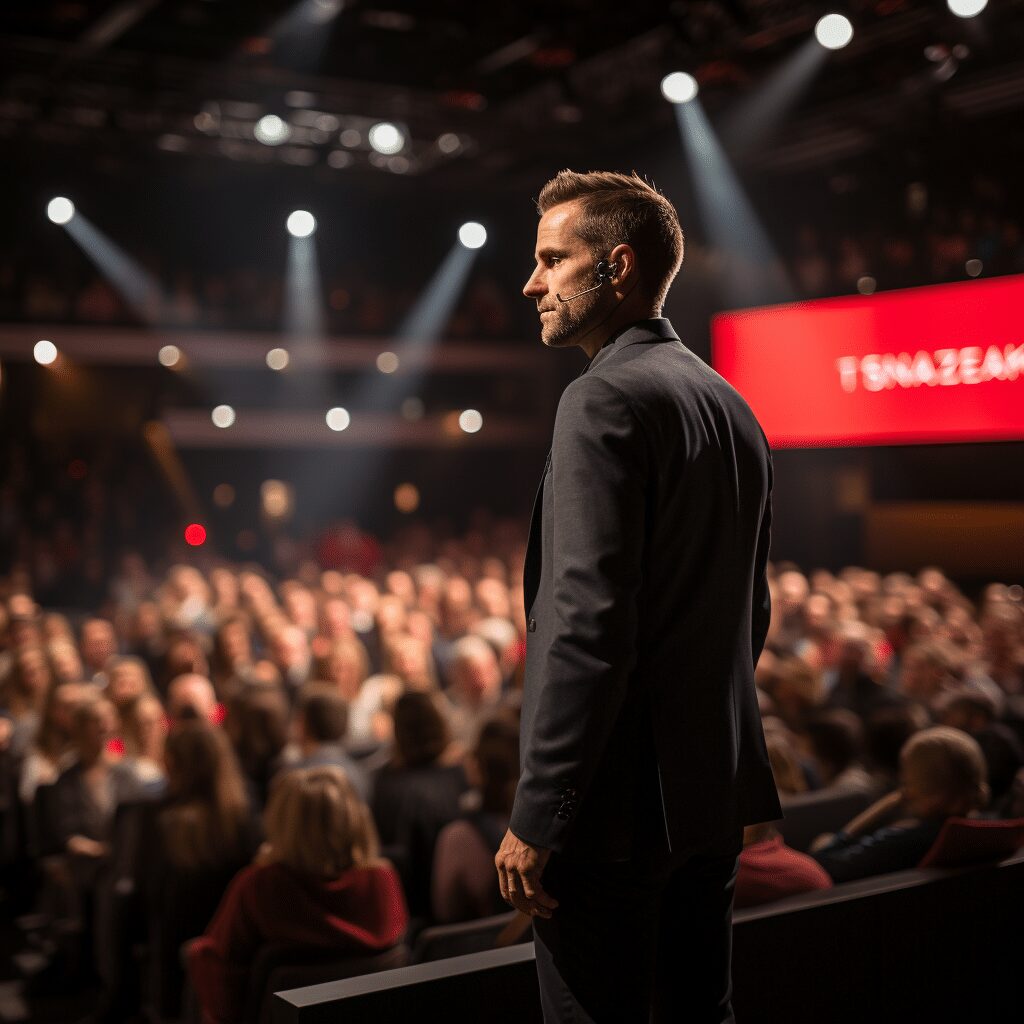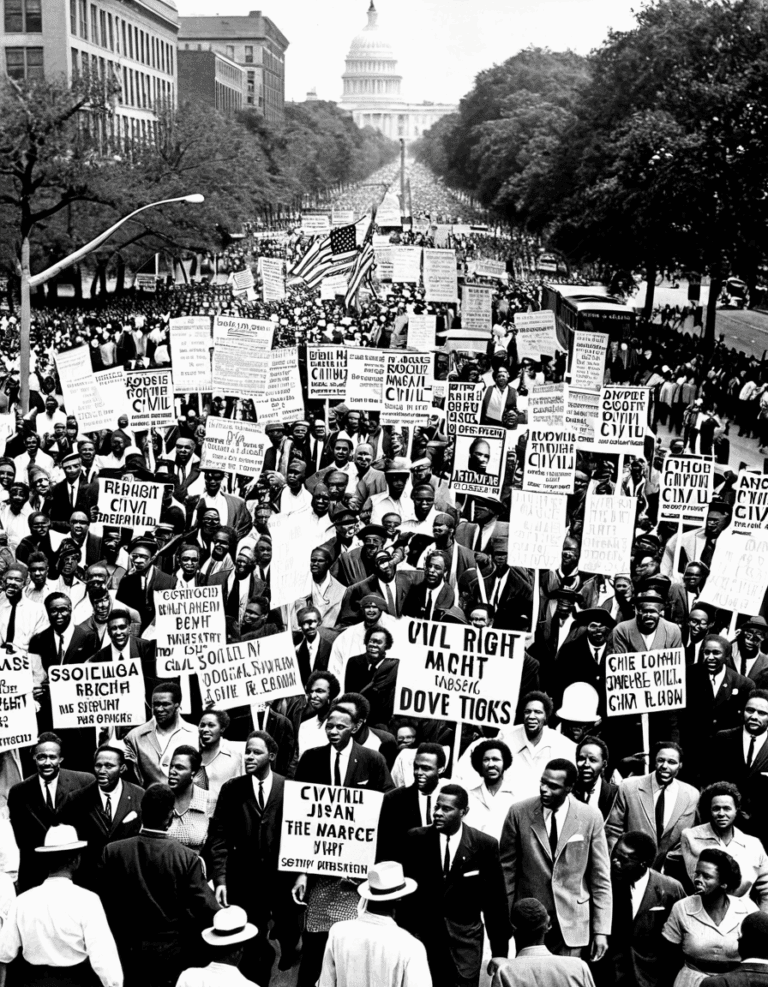In the sphere of business, an executive speaking engagement isn’t just about presenting information; it’s about igniting passion and inspiring change. Just like sparks that can turn a small fire into a roaring bonfire, these speaking events can catalyze major transformations across industries. The right words, delivered at the right time, can shape the future. This article dives deep into how notable leaders have leveraged their platform to drive significant change, inspire innovation, and profoundly influence their markets.
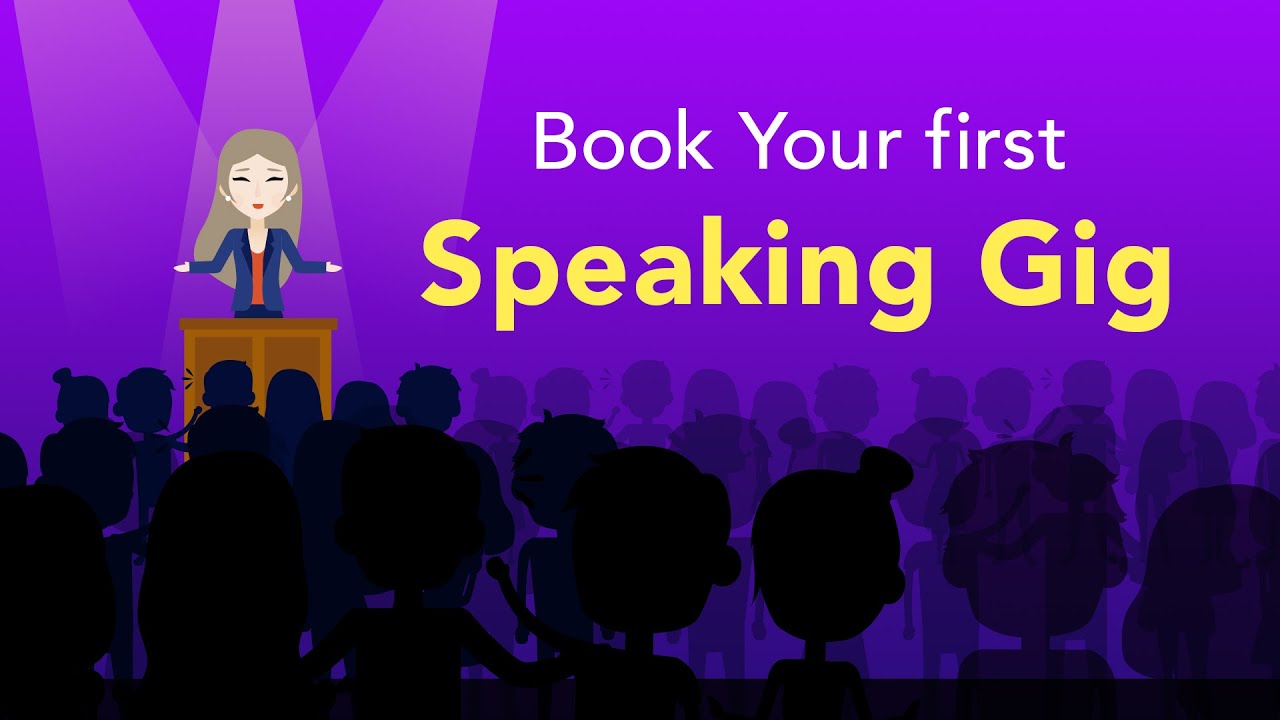
Top 5 Executive Speaking Engagements That Transformed Industries
When Satya Nadella took the stage at Microsoft Ignite in 2014, he painted a vivid picture of a cloud-first, mobile-first world. This moment for Microsoft wasn’t just eye-catching; it was downright groundbreaking. Under his leadership, Microsoft pivoted toward cloud computing and away from its old reputation of being slow to innovate. The transformation was spectacular! By shifting focus, Nadella not only revitalized Microsoft’s business model but also set an industry standard, encouraging tech giants to align their strategy with current trends.
Former Starbucks CEO Howard Schultz’s heartfelt keynote at the SHARE Conference hit home for many. He candidly discussed corporate responsibility, urging businesses to cultivate a culture grounded in community and social impact. His passionate address inspired giants like Ben & Jerry’s and Patagonia to reevaluate their corporate missions. Schultz’s vision didn’t just resonate with those within the coffee industry; it prompted a sweeping change across sectors, compelling brands everywhere to rethink what it means to give back.
The former CEO of PepsiCo, Indra Nooyi, captivated her audience with her emphasis on purpose-driven business. At the Fortune Most Powerful Women Summit, Nooyi’s talk wasn’t just about profits; it was about purpose. Her insights sparked a movement towards balancing shareholder gains with broader societal goals. Look at Unilever—after hearing Nooyi’s compelling narrative, they actively embraced a more sustainable approach, demonstrating how a powerful executive speaking engagement can ripple through industries.
Known for his big ideas, Elon Musk captivated listeners at the World Government Summit with his talk on sustainable energy and interplanetary travel. It wasn’t just science fiction for Musk; it inspired tangible advancements in sectors from aerospace to renewable energy. His bold vision set the stage for innovations in electric vehicles and solar technology, motivating industry-wide investments. Musk’s ability to stir passion and provoke thoughts during an executive speaking engagement made a significant impact that continues to resonate.
Chancellor Angela Merkel used her platform at the World Economic Forum to underscore the importance of global collaboration. Through her compelling arguments for multilateralism, she not only influenced government policies but also urged businesses to adapt their strategies accordingly. Her strong stance on cooperation over competition was a wake-up call. This paved the way for multinational corporations to embrace a more collaborative approach, embracing diversity in their operations and outreach.

The Impact of Storytelling in Executive Speaking Engagements
What’s the secret sauce that makes executive speaking engagements so impactful? It’s storytelling. Effective communication can bridge gaps, foster understanding, and build emotional connections. Look at Brené Brown—her knack for sharing personal stories creates an atmosphere ripe for innovation. By discussing her vulnerabilities, she encourages leaders to be authentic, promoting a culture of creativity that can revolutionize entire workplaces. When an executive shares their journey—both successes and setbacks—they inspire their audience to embark on their own transformative paths.
Why Storytelling Matters
As Brown and others demonstrate, harnessing the power of personal narratives transforms the conventional executive speaking engagement into a transformative experience.
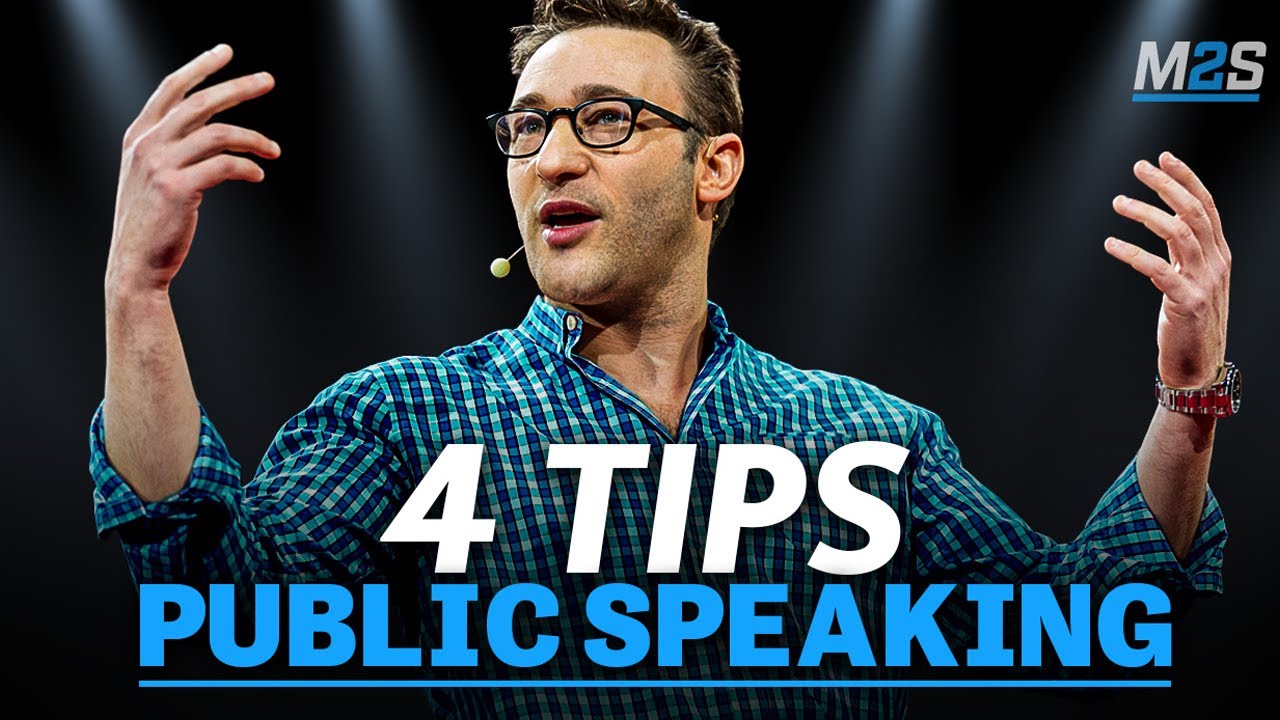
Key Trends Shaping the Future of Executive Speaking Engagements
As 2024 unfolds, it’s clear that the landscape of executive speaking engagements is rapidly changing. Here are some noteworthy trends steering the ship:

Envisioning the Future of Executive Speaking Engagements
The role of executive speaking engagements is expanding, becoming even more potent in shaping our industries. As we embrace these events, they serve as compasses, guiding organizations through change and innovation. By embracing storytelling, adopting new technologies, and prioritizing diverse voices, speakers can trigger transformations that echo far beyond their immediate audience.
In an age where the only constant is change, the power of executive speaking engagements will only amplify. These events invite us to engage with fresh ideas, challenge the status quo, and lead with purpose. Leaders who dare to speak can inspire not just their organizations but entire industries, ushering in waves of transformation through the simple act of sharing their vision. So let’s lean in, listen closely, and elevate our expectations—because the future is unfolding, and it all starts with a powerful story.TCAA understands the impact of High-impact Speakers in crafting these transformational experiences. Interested in leveling up your event? Explore our high-impact speakers or virtual keynote Speakers lineup to find the perfect fit.
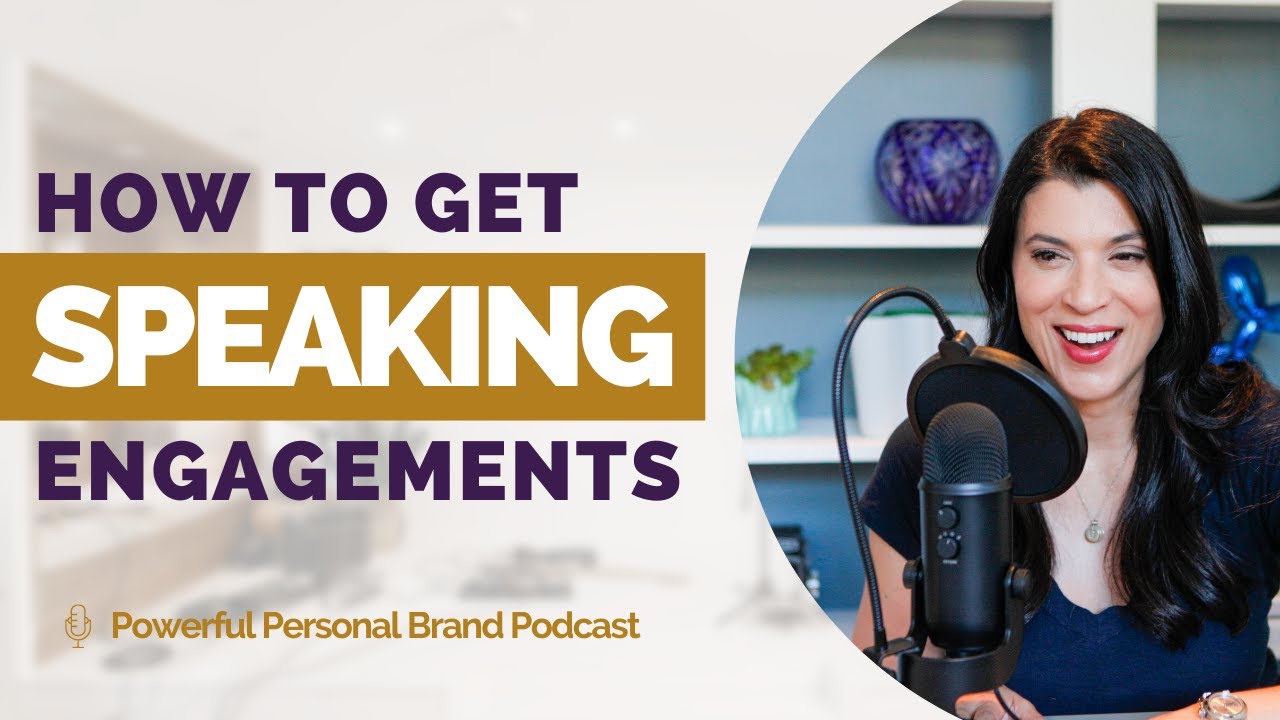
Executive Speaking Engagement: Trivia and Insights That Transform Industries
The Impact of Executive Speaking
Did you know that the average corporate event features around 4-5 speakers who are brought in to share insights? That’s a lot of voices, but one engaging executive speaking engagement can often spark the most conversation. Quality over quantity, right? Speaking of quality, there’s an interesting trend with customizations in speakers’ attire, like stylish cloud Sneakers gaining traction at business conferences. This trend indicates a shift towards a more relaxed and relatable atmosphere, allowing executives to connect with their audience on a personal level.
Understanding this audience connection could not be more crucial in today’s world. For instance, venues like the iconic Stanford Stadium are often used for major corporate gatherings because their unique settings create unforgettable experiences. And let’s not forget, finding a speaker who resonates with your industry can be pivotal. Companies looking for captivating presenters often turn to Speakers For corporate Meetings to get access to the best talent.
Engaging Stories and Real-Life Applications
Ever heard of the Iron Rooster annapolis? This local favorite embodies how a dynamic brand can connect through storytelling—something executives aim to achieve during their engagements. Sharing anecdotes and success stories is a game-changer; they often stick with attendees long after the event. Interestingly, incorporating elements of well-being, like discussing high fiber Foods, can also unexpectedly enhance an audience’s receptivity. It shows that executives speak not just about profitability but about holistic well-being, which is increasingly appreciated by today’s social-conscious audience.
One more fascinating insight: when executives share personal experiences, they create a lasting impact. Consider the concept of home one lending, which allows borrowers to consolidate their loans seamlessly. This analogy can help speakers illustrate complex ideas in relatable terms—something sure to engage an audience fully! This knack for simplifying industry jargon makes an executive speaking engagement truly memorable and, quite frankly, transformative for various sectors.

What is an example of a speaking engagement?
An example of a speaking engagement could be a workshop on improving sustainability in the fashion industry, where the speaker shares their expertise on sustainable business practices.
How much should I charge for a speaking engagement?
For speaking engagements, it’s common to charge between $200 and $2000, but this can vary based on your experience and the event’s nature. Schools might pay anywhere from $200 to $1000, and it’s always good to be open to negotiation.
What is a speaking engagement?
A speaking engagement is essentially an event where you’re invited to give a formal talk or presentation on a specific topic, sharing knowledge or expertise with an audience.
What are the different types of speaking engagements?
The primary types of speaking engagements include keynotes, workshops, and seminars. Keynotes are often inspiring talks for large audiences, workshops focus on skill-building, and seminars usually involve in-depth discussions or training.
How do you start a speaking engagement?
To kick off a speaking engagement, start by greeting the audience warmly, introducing yourself, and sharing what they can expect from your talk to set the right vibe.
How to write a proposal for speaking engagement?
When writing a proposal for a speaking engagement, outline your topic, include your qualifications, specify the event’s details, and suggest how your talk can benefit the audience.
How much does Tony Robbins charge for a speaking engagement?
Tony Robbins typically charges a hefty fee for speaking engagements, often in the range of hundreds of thousands of dollars, but it can vary depending on the event.
How much should an engagement session cost?
Engagement session costs vary widely, but starting around $200 and going up to $2000 is a common range, based on factors like your experience and the audience type.
How much do celebrities charge for speaking engagements?
Celebrities can charge a pretty penny for speaking engagements, often ranging from $10,000 to $100,000 or more, depending on their fame and the event setting.
What is the term for a paid speaking engagement?
A paid speaking engagement is often called a “speaking fee” arrangement, where the speaker is compensated for their time and expertise during the event.
How do I market myself for speaking engagements?
Marketing yourself for speaking engagements can include building a strong online presence, networking in relevant circles, sharing video clips of your talks, and reaching out directly to event organizers.
What is a real advantage of speaking engagements?
One real advantage of speaking engagements is the opportunity to share your knowledge with a broader audience, which can boost your credibility and open up more opportunities for networking.
How to find paid speaking engagements?
To find paid speaking engagements, look for industry conferences, local organizations, or networking groups, or use platforms that connect speakers with event planners.
What are the three pillars of speaking?
The three pillars of speaking are content, delivery, and audience engagement. Balancing these helps make a presentation impactful and memorable.
What are the 4 speaking methods?
The four speaking methods are informative, persuasive, entertaining, and interactive. Each approach serves different goals, depending on what you want to achieve with your audience.
How is the speaking fee calculated?
Speaking fees are often calculated based on your experience, demand, the event’s length, and travel requirements, with fees adjusted for the type of audience and engagement.
How much do speaking coaches charge?
Speaking coaches usually charge anywhere from $50 to $500 per hour, depending on their expertise and the level of service provided.
How much should I charge for speech therapy?
For speech therapy, the average rate usually falls between $75 and $200 per session, but this can vary based on the therapist’s experience and location.
What is a typical speaking rate?
A typical speaking rate can hover between $1,000 and $5,000 for experienced speakers, but it really varies widely based on factors like industry and event size.
What is an example of speaking as interaction?
An example of speaking as interaction could be a panel discussion where the audience asks questions and engages in dialogue with the speakers, making it a collaborative experience.
What is an example of engagement at work?
Engagement at work could look like brainstorming sessions where employees actively contribute ideas and feedback, creating a lively and inclusive atmosphere.
How do you present an engaging speech?
To present an engaging speech, focus on storytelling, make eye contact, use gestures confidently, and encourage audience interaction to keep them invested in your message.
What is an example of learning engagement?
Learning engagement often includes activities like group discussions or hands-on projects that encourage active participation and collaboration among learners.


